Product Design & Development
Bringing a complete portfolio of design, prototyping, simulation, testing, and development under one roof, our fully merged development cycle enables us to offer an optimized design control package in line with product design and development for components and assemblies.
Our design and development engineers boost your idea from concept to completion, including, in the process, the most sophisticated methods and technologies in the product and device industry. At AnsixTech, we diligently conduct reviews, hazard identification, and risk analysis throughout our documented process.
Product design and development is a complex and critical process that involves the transformation from concept to actual product. In this process, multiple factors such as market demand, technical feasibility, and user experience need to be comprehensively considered to ensure that the final product can meet the needs of users and be competitive.
First of all, market research is an important part of product design and development. Through market research, you can understand user needs and preferences, and understand market trends and competitors. This helps determine the positioning and characteristics of the product and provides guidance for subsequent design and development. Market research can be conducted through questionnaires, interviews, observations, etc. The data and information collected can help the design team better understand user needs and provide a basis for product design.
Secondly, requirements analysis is a key step in product design and development. At this stage, users’ needs need to be understood in detail and translated into product functions and features. Through communication and feedback with users, product design can be continuously optimized to ensure that the product can truly solve users’ problems. Requirements analysis can be conducted through user interviews, user stories, use case analysis, etc. Through in-depth communication with users, the design team can better understand user needs and provide guidance for product design.
Next comes conceptual design, which is the process of transforming the concept of a product into a concrete design. At this stage, you need to consider the product’s functionality, design, user interface, etc. By drawing sketches, making models, etc., you can materialize design ideas and discuss and provide feedback with team members and users. Conceptual design can be carried out through hand drawing, CAD design, 3D modeling, etc. Through continuous iteration and optimization, the product design plan is finally determined.
Then there is prototyping, by making prototypes of the product, the feasibility and user experience of the design can be verified. A prototype can be a physical model, a virtual model, or an interactive interface model. Through testing and feedback with users, problems can be discovered and fixed, and the design of the product can be further optimized. Prototyping can be carried out through 3D printing, virtual reality technology, prototype manufacturing, etc. Through interaction and testing with users, the design team can better understand user needs and provide feedback and improvement opportunities for product design.
During the testing phase, the product needs to be tested for functionality, performance, user experience, etc. Through testing, product problems and deficiencies can be discovered and improvements and repairs can be made. The goal of this stage is to ensure the quality and stability of the product to provide a good user experience. Testing can be conducted through software testing, hardware testing, user experience testing, etc. Through continuous testing and feedback, the design team can continuously improve the design and functionality of the product, and improve product quality and user satisfaction.
Product design and development is a comprehensive process that requires comprehensive consideration of market demand, technical feasibility, user experience and other factors. Through market research, demand analysis, conceptual design, prototyping, testing, manufacturing and marketing, a product concept can be transformed into an actually usable product that meets user needs and is competitive. In this process, the design team needs to cooperate with multiple departments and teams such as the marketing department, engineers, and manufacturers to improve product quality and user satisfaction through continuous innovation and improvement.
Product&Device Design Control Process
The initial phase from which Design Control begins is Design Input development and approval, which consists of device design and manufacturing processes to be moved out into the production phase.
Design control is a holistic strategy and doesn’t end with sharing the design to the production phase once the design is finalized. It also moves manufacturing processes according to the changes in the design stage or even post-production feedback. It is a continuous process to develop a usable product for a user and, for the improved product, consider revolutionary changes from usage patterns and diagnose failed products.
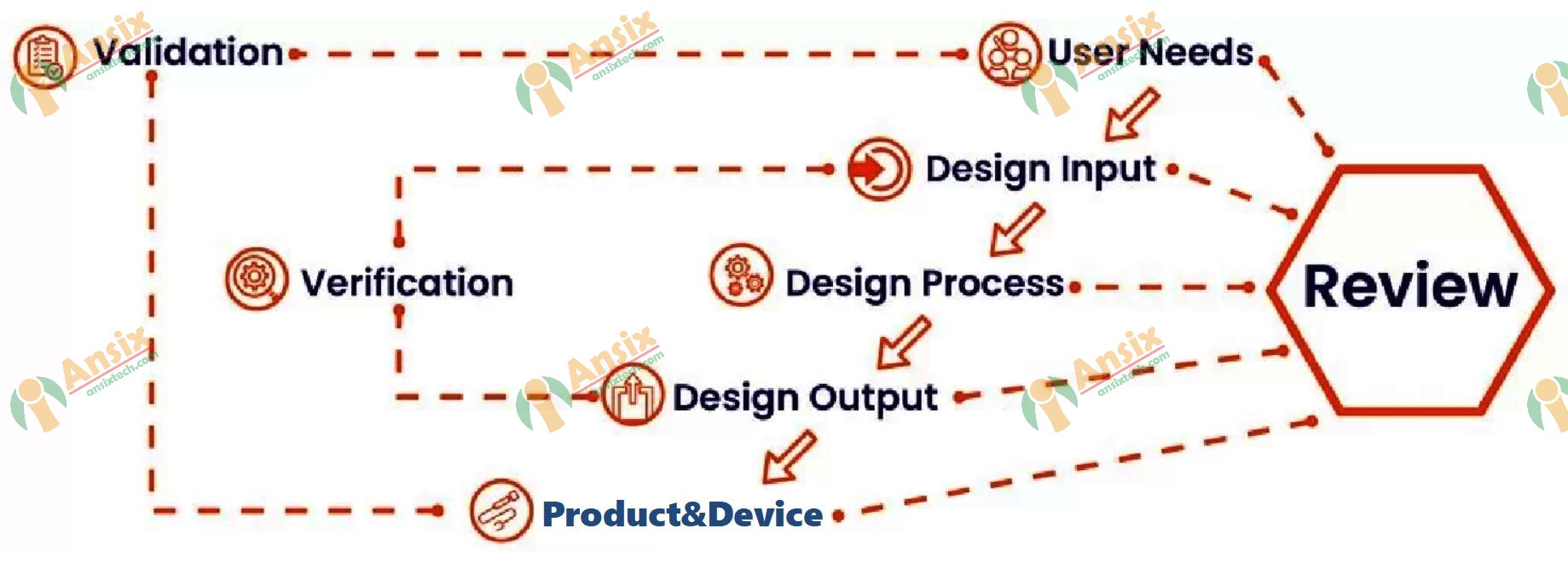
The product design control process refers to the process of ensuring the quality and progress of product design through a series of control measures and methods during the product design and development process. The following are the general steps of the product design control process:
Set design goals and requirements: Before product design begins, it is necessary to clarify the design goals and requirements of the product. This includes product function, performance, appearance, cost, production process and other requirements. These goals and requirements will form the basis for design control.
Develop a design plan: Develop a detailed design plan based on the design goals and requirements. The design plan includes design schedule, design stages and tasks, allocation of design resources, etc. The design plan will help the team clarify the progress and responsibilities of the design and ensure that the design proceeds as planned.
Design review: In the design process, design review is a very important control measure. Design reviews can be conducted at each design stage or at important design decision points. Through review, the rationality, compliance and feasibility of the design can be checked, problems can be discovered and solved, and the quality and implementability of the design can be ensured.
Design verification and verification: After the design is completed, design verification and verification is necessary. Design verification is to verify whether the function and performance of the design meet the requirements through simulation, experiment or calculation. Design verification can be carried out through prototype testing, simulation, experimental verification, etc. The results of design verification will determine whether design modifications and optimizations are needed.
Design change control: During the design process, demand changes, technical problems, market changes, etc. may occur, requiring design changes. Design change control is the process of ensuring the rationality and controllability of design changes. Design changes need to be reviewed and approved to ensure that the changes will not have an uncontrollable impact on product quality, schedule and cost.
Design document control: During the design process, a large number of design documents need to be generated, including design specifications, design reports, design drawings, etc. Design document control is the process of ensuring the accuracy, completeness, and traceability of design documents. Design documents need to be version controlled, reviewed, and archived for subsequent design and production use.
Design quality control: During the design process, design quality control needs to be carried out to ensure that the quality of the design meets the requirements. Design quality control includes control of design rationality, reliability, manufacturability, maintainability and other aspects. Through design quality control, design errors and defects can be reduced and product quality and reliability improved.
Design progress control: During the design process, design progress control is required to ensure that the design proceeds as planned. Design progress control includes the decomposition of design tasks, monitoring and adjustment of progress, allocation of resources, etc. Through design progress control, design progress delays can be discovered and solved in a timely manner to ensure that the design is completed on time.
In actual application, adjustments and supplements may be made based on specific project and organizational conditions. The goal of design control is to ensure the quality and progress of design, reduce design risks, and improve product competitiveness and market success rate
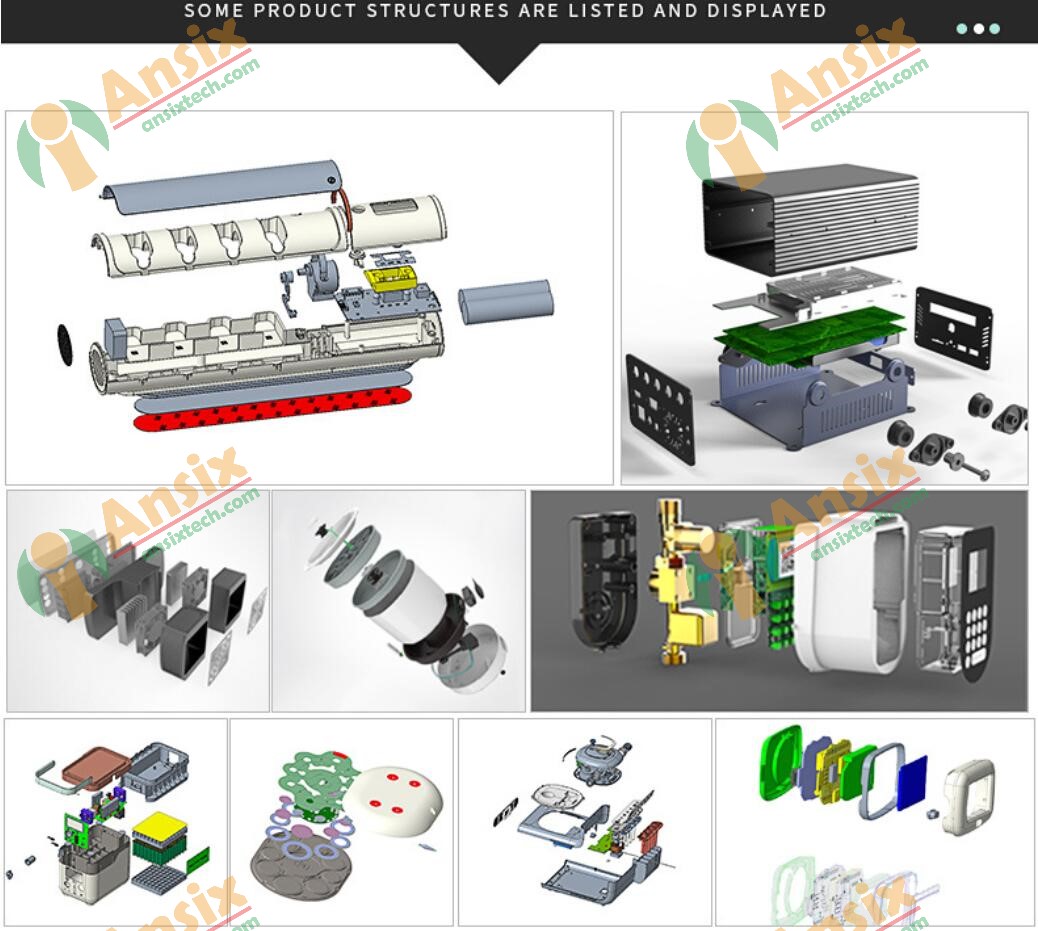
Raw material supply chain management
At AnsixTech, we place great emphasis on raw material supply chain management and delivery time accuracy and reliability. Here are some of our practices and commitments:
Supplier selection and evaluation: We establish long-term cooperative relationships with reliable suppliers and regularly evaluate their delivery on-time rate, product quality and service level. We choose suppliers who can meet our needs and have stable supply capabilities.
Forecasting and planning: We predict the quantity and time of raw materials required through market research and demand forecasting. We formulate reasonable purchasing plans and communicate with suppliers in a timely manner to ensure that the supply of raw materials can meet our production needs.
Inventory Management: We conduct precise inventory management to avoid excessively high or low inventory levels. We conduct regular inventory counts and analysis to ensure inventory accuracy and timeliness.
Supply chain collaboration: We maintain close communication and collaboration with our suppliers. We communicate demand changes and delivery times with our suppliers in a timely manner to ensure the smoothness and coordination of the supply chain.
Diversified supply chain: We have established cooperative relationships with multiple suppliers to reduce supply chain risks. If one supplier cannot meet demand, we can promptly switch to other suppliers to ensure that the supply of raw materials is not affected.
Tracking and Monitoring: We track the delivery status and progress of raw materials and promptly resolve any issues that may cause delays. We use supply chain management systems and other tools to monitor the operation of our supply chain so that potential problems can be discovered and resolved in a timely manner.
Delivery time commitment: We promise to deliver products quickly according to customer delivery time requirements. We formulate reasonable production plans and logistics arrangements based on customer needs and delivery time to ensure that products can be delivered to customers on time.
For general raw materials, we can ask suppliers to deliver raw materials to our factory within 2 hours.
Through the above supply chain management measures and delivery time commitments, we strive to ensure the timely supply of raw materials and rapid delivery of products. We continuously improve the efficiency and reliability of supply chain management to meet customer needs and expectations.
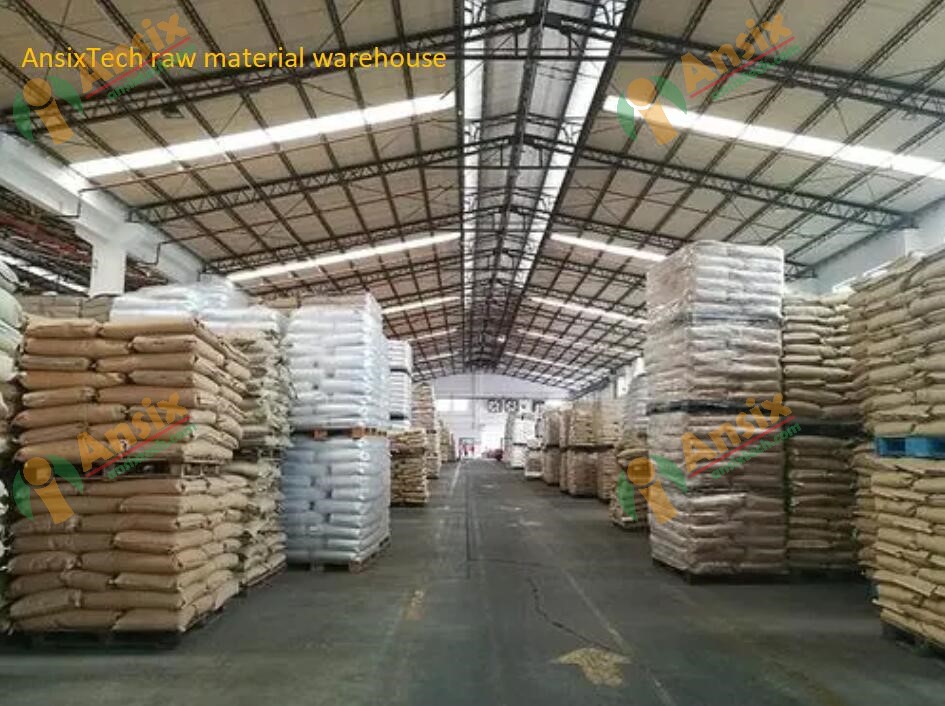
Testing – Verification and Validation
Every product&device must fulfill the functionality, usability, and reliability objectives to get a successful share of the market. Apart from these, end users also look for the effectiveness and safety of devices they use to manage a particular problem or situation, which are sometimes critical to life. This is why iterative testing with verifying and validating these medical devices becomes compulsory.
Product&devices may consist of various technology shapes, sizes, and different levels of complexity. Verification and validation (V&V) action is guided by the regulatory environment and must follow international standards.
Our Standardized V&V activities can simplify the manufacturing process and improve the approval process. Additionally, automatic testing, diagnostic techniques, and data collection tools can enhance the V&V procedure.
The complexity of any testing process depends on the technologies used and the geographical target markets. The test strategy should obscure at least six parameters mentioned below:
Targeted geographies and associated standards
Time to market demand
A measure to be observed with the version
Testing Labs – internal or external labs
Defining the arrangement of tests
Presenting the test result
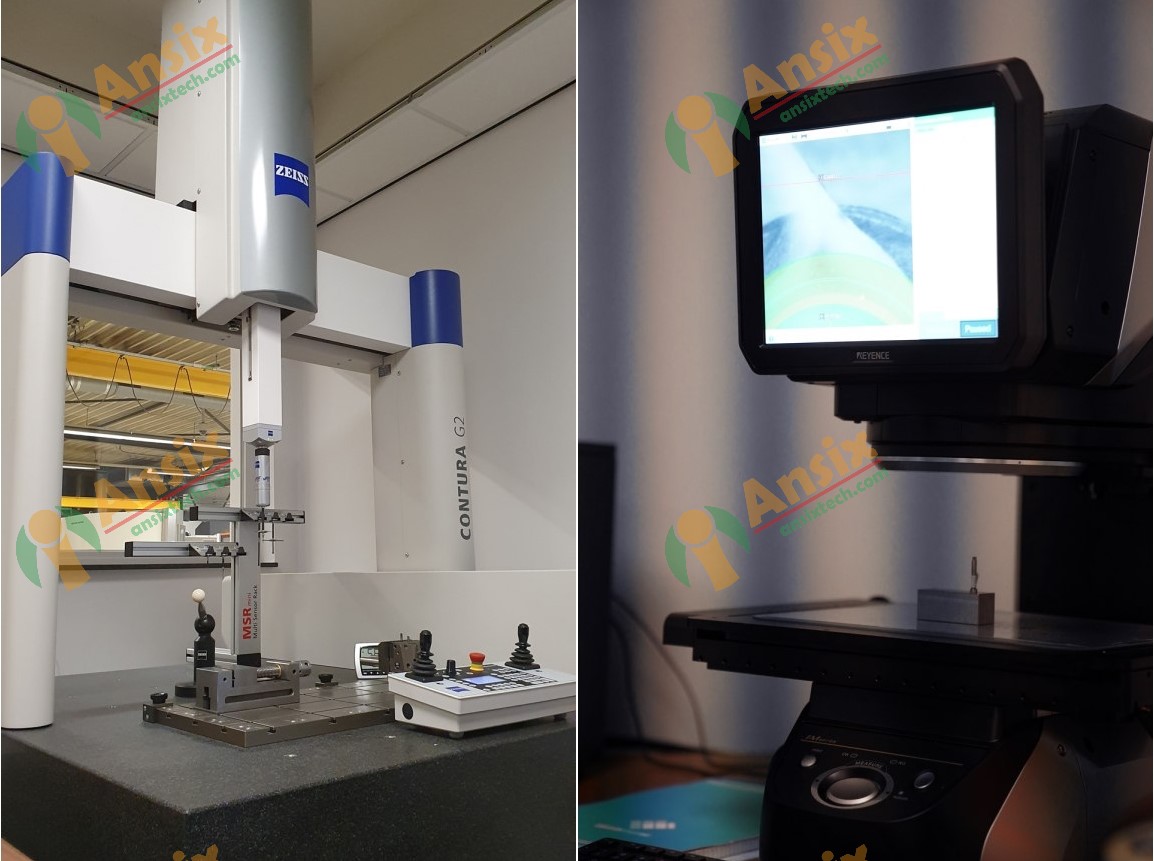
Design & Development Services Benefits
AnsixTech is an extension of your development team and can support you from the start of your project. We partner with our customers by supplying premier engineering from start to finish, developing value-engineered products. We have all the essential resources to integrate our activities into our client’s product development and supply chain methods so our clients can realize substantial benefits.
IP Protection:
Intellectual property safety for products. Aside from Non-exposure deals, AnsixTech maintains robust systems to protect customer data. Access only for the design department with a separate server system.
Iteration development:
Dedicated equipment for fast extrusions and injection molding. Fixtures and assembly equipment are ready for iterations.
A team of program managers and engineers is ready to help with your product&device design and iteration demands.
Reduce Manufacturing Costs
Our capabilities cover a broad range of products&device. Our team members have extensive experience in the design, development, and manufacturing of products&devices, giving us a first-hand experience with the industry’s product development needs. We’re well-versed in the latest technology, including usability, software, and equipment.
With deep experience in both the front-end design and back-end manufacturing phases, AnsixTech’S team can design high-performing products&devices that can also be efficiently and cost-effectively manufactured. Our design for manufacturability expertise can reduce the complexity, reducing both cost and quality issues while assuring long-term, efficient manufacturing operations.
As an extension of your business’s R&D department, we rapidly develop a detailed plan that minimizes steps but optimizes material yield.
Accelerate Time to Market and Minimize Risk
Our concept-to-supply business model accelerates time-to-market and reduces risks for our clients. We can get you there with ISO and QSR compliance, state-of-the-art skills, competitive costs, and an established network of global connections, including the Far East.
We always have your finish line in mind. We respond promptly to your demands and can adjust planning and undertaking rapidly to adapt to any changes that may arise. Our knowledge of the regulatory needs and the entire commercialization process affords our clients the trust that their products will launch on time.
Strengthen Intellectual Property and Gain Technology Expertise
We can help you strengthen your intellectual property portfolio or create a matrix of existing art to specify opportunities and points of weakness. Our industry experience provides a thorough review, and we can offer distribution of your company’s products across all products&device markets.
In addition, we provide
Design control.
Compliance-related documentation tracking
Regulatory filings.
Domestic and offshore sourcing of elements and subassemblies.
Products&Device Design and Development Case Study
One challenge in our industry is companies outsourcing the full development of their products&devices. Likewise, start-ups often piece together a risky piecemeal supply chain from the design start.
Companies may choose critical products&device components from companies needing more financial or operational feasibility to supply parts competitively in the long term. This can hurt a company’s ability to procure in the future or affect its valuation when selling.
AnsixTech helps customers streamline their supply chain from the start.
Select from an array of in-house services
Design your supply chain from scratch with AnsixTech’s team of experienced and qualified engineers.
From the beginning, streamlining Design For Manufacturing and Supply Chain avoids short- and long-term issues.
Providing Professional Mold Design Services
Plastic injection mold design entails developing a mold with features that are identical to the part you intend to manufacture.
At AnsixTech, we use high-precision technology to develop molds that capture every detail of your part design. Our experienced design team and injection mold design engineer will consult with you throughout the mold designing process. This ensures that we deliver a mold structure that is viable in terms of production but also fulfills your part design requirements. we guarantee you a stress-free customer experience.
Quality Mold Starts from Excellent Design
The performance of a tool largely depends on the maturity of its design. The many years of experience of our designers is therefore a decisive factor with regard to the quality of AnsixTech tool.
We collaborate closely with our customers on all aspects of the programs so as to develop the best designed molds that are easy to maintain, and plastic components that are cost-effective to produce.
Our skilled in-house design team have over 25 years experience in designing custom tooling. We offer full design package:
Feasibility studies and design recommendations
Filling simulation & Moldflow analyse
Tool design 2D & 3D (CAD, Unigraphics,(NX) and others...)
If needed, our designers can involve in very early stage of a project, to support you during the part development, in order to enable a tool-specific design, thus to save your time and costs.
Highly Skilled Design Team
At AnsixTech we pride ourselves on the expertise of our highly skilled Mould Design Office team, who work closely with clients ensuring efficient and smooth design processes.
Special attention is paid to the mold construction, cooling channels and moving mechanisms to ensure the highest quality parts are delivered from its mold.
All molds are carefully designed to maximize its service life and to ease maintenance.
Privacy and Confidentiality
For manufacturing, we will carefully review your product design drawings and provide you with technical advice if necessary. You can modify it yourself, or we can help you improve the design. All you have to do is tell us the dimensions and functions of the application you desire. If you only have a template, send us the template or picture, we can help you restore the drawing, then use 3D printing to create the prototype for your evaluation, and finally use injection molding to make the plastic product.
You don't have to worry that your product or design is leaked or sold. We are an OEM&ODM manufacturer, and professional mold maker; we don't sell products. We only customize products for our customers. Of course, if you are not at ease, we can also sign a confidentiality agreement.
Plastic Injection Tooling Designs
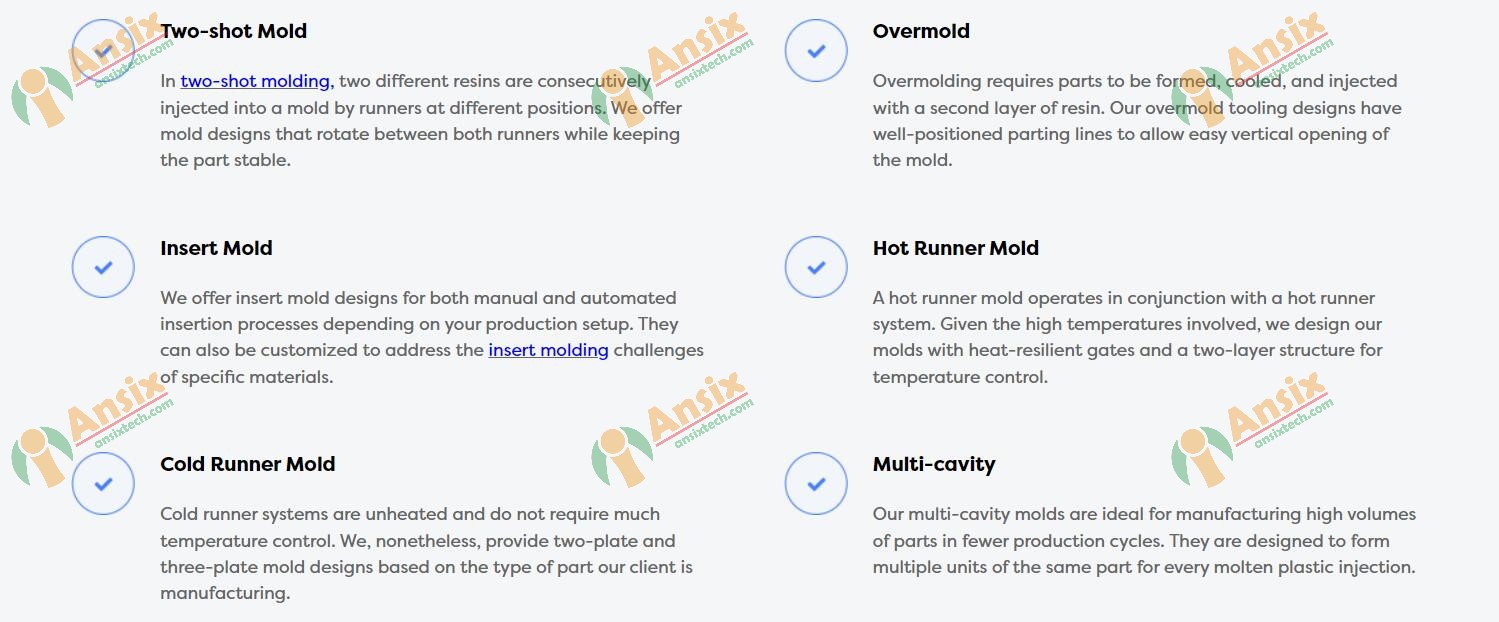
Why You Need Injection Mold Design

4 Considerations For a Perfect Injection Mold Design
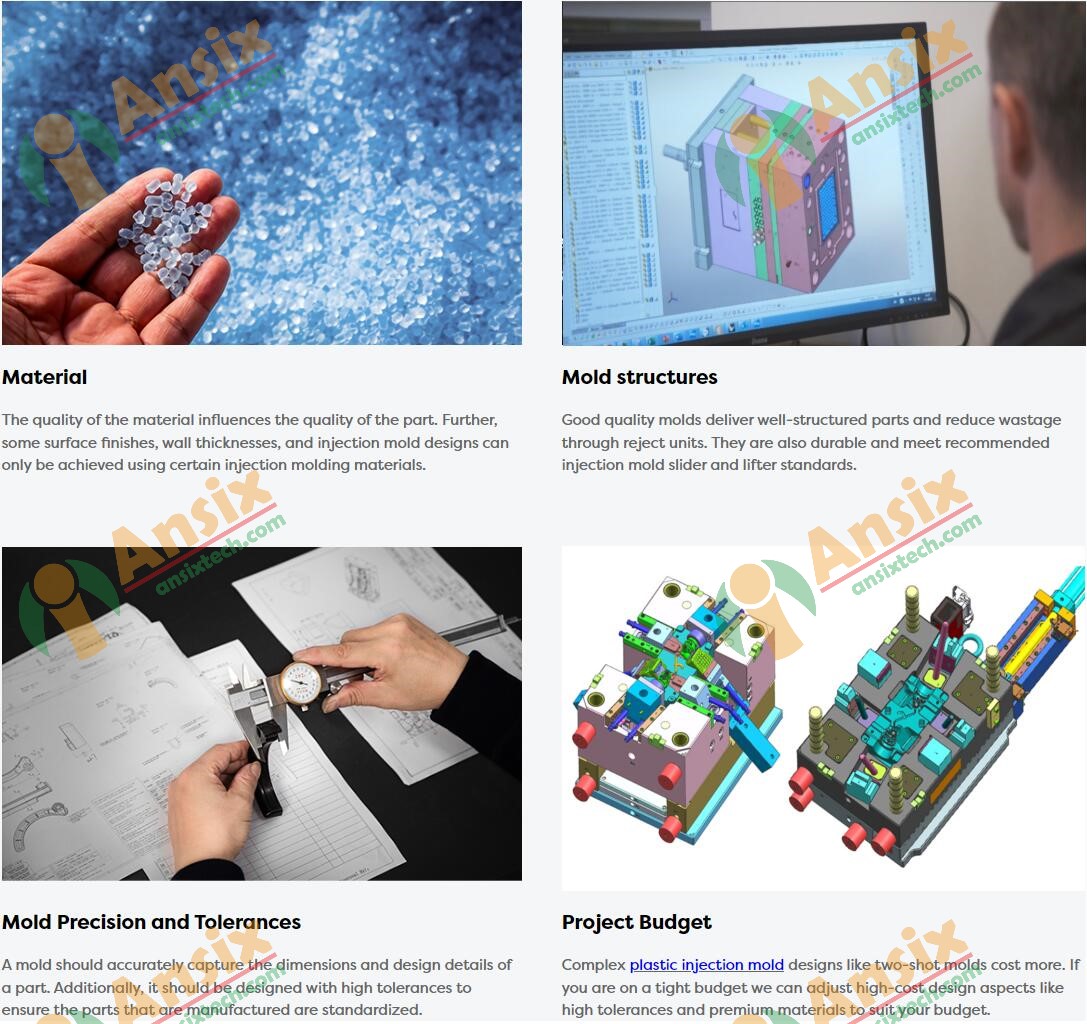
Designs That Work for You

- As a manufacturer with many years of experience in the plastic injection molding industry, AnsixTech knows very well whether the design of a mold or plastic part is suitable for the manufacturing process. At AnsixTech, we combine product functionality and manufacturability to provide you with product design modifications, to offer products that fit your needs, save your time and money.
Initial Analysis
Product structure refers to the components of a product and the relationships between them. Through the analysis of product structure, the function, performance and characteristics of the product can be understood, and guidance can be provided for product design, manufacturing and maintenance.
Product structure analysis can be carried out from the following aspects:
Components: Product structure analysis first requires determining the components of the product, that is, which parts or modules the product consists of. By dismantling and decomposing the product, the various components of the product can be identified.
Component relationships: Product structure analysis also requires determining the relationship between various components. This includes the connection methods, positional relationships, motion relationships, etc. between components. By analyzing the relationship between components, the functionality and performance of a product can be determined.
Functional analysis: Product structure analysis also requires analysis of the product’s functions. That is to determine the main functions and auxiliary functions of the product, as well as the contribution of each component to the function. Through functional analysis, the design requirements and performance indicators of the product can be determined.
Performance analysis: Product structure analysis also requires analysis of product performance. That is to determine the main performance indicators of the product, such as strength, stiffness, durability, etc. Through performance analysis, the design requirements and manufacturing process of the product can be determined.
Overall structure: Finally, product structure analysis requires integrating various components to form a complete product structure. Through overall structural analysis, the overall performance and reliability of the product can be evaluated.
Through the analysis of product structure, we can understand the components, functions, performance and characteristics of the product, and provide guidance for product design, manufacturing and maintenance. Product structure analysis is an important link in the product development and manufacturing process, which can help designers and engineers better understand and improve products.
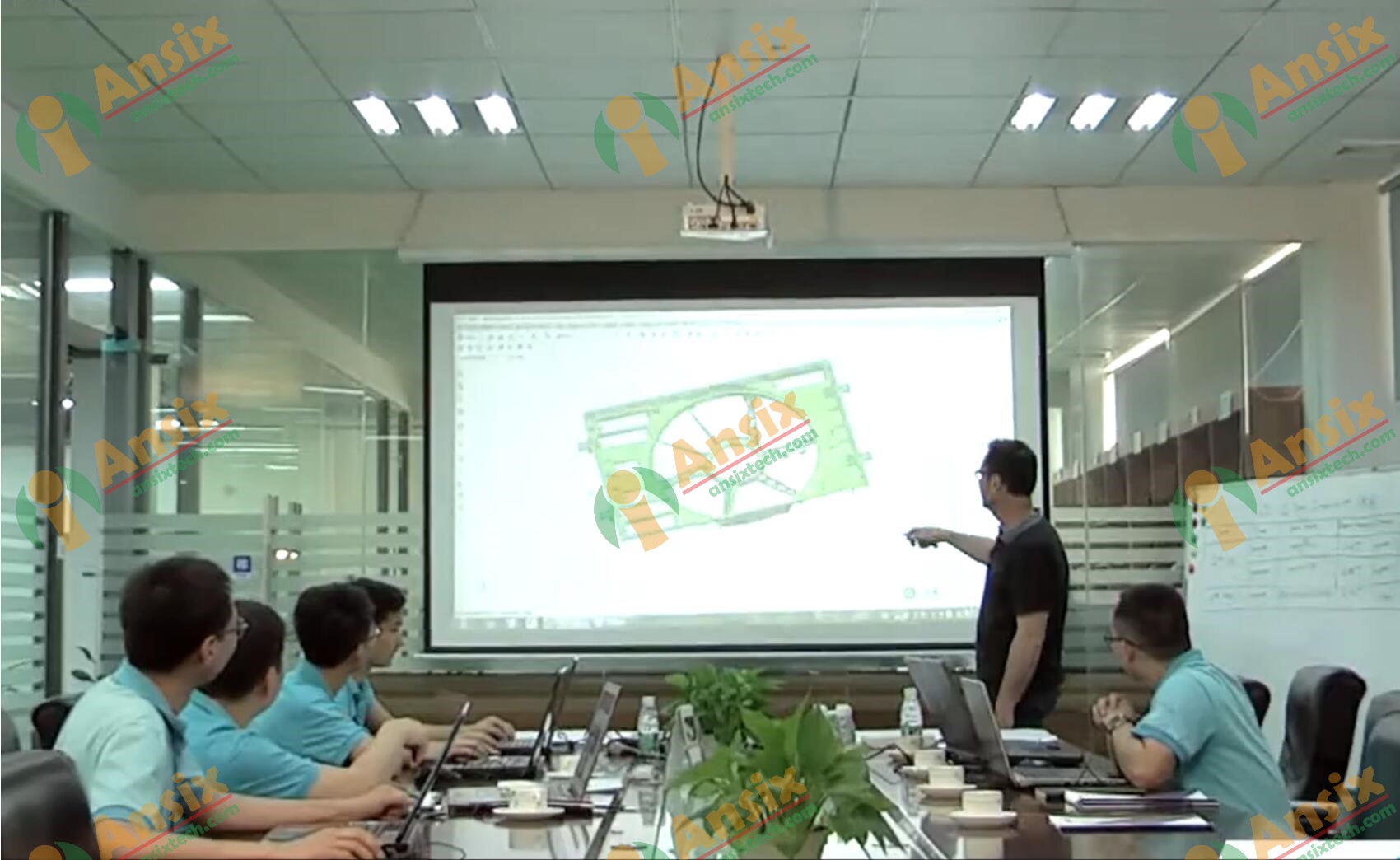
Mold Flow Analysis
AnsixTech Tooling offers Mold Flow Analysis service to ensure that underlying manufacturing problems are highlighted and detected during the design phase as guidance for improving the design.Subjects of a mold flow analysis report usually include:
· Analysis Model · Material · Runner System · Cooling System · Process Settings · Filling Pattern, etc.
Mold flow analysis is a method that uses computer simulation technology to analyze and optimize injection molds. Through mold flow analysis, key parameters such as flow, filling, cooling and shrinkage during the injection molding process can be predicted and evaluated to help designers optimize mold design and improve product quality and production efficiency.
The main steps of mold flow analysis include the following aspects:
Model preparation: First, a three-dimensional model of the injection mold needs to be prepared. The geometry of the mold can be drawn using CAD software and imported into mold flow analysis software for subsequent analysis.
Material selection: Select an appropriate injection molding material model based on the materials used in the actual injection molding process. The properties of injection molding materials have an important impact on processes such as flow, filling and cooling, so the correct selection of material models is the key to mold flow analysis.
Meshing: Mesh the mold model and discretize the geometry of the mold into small units. The accuracy and density of meshing have an important impact on the accuracy and computational efficiency of mold flow analysis.
Mold flow analysis: Carry out mold flow analysis to simulate key parameters such as flow, filling, cooling and shrinkage during the injection molding process. Through mold flow analysis, defects and deformations during the injection molding process, such as short shots, bubbles, warpage, etc., can be predicted and evaluated.
Result analysis and optimization: Carry out result analysis and optimization based on the results of mold flow analysis. Based on the analysis results, parameters such as the mold structure, cooling system, and nozzle position can be adjusted to improve product quality and production efficiency.
Mold flow analysis can help designers better understand the flow and filling behavior during the injection molding process, predict and solve potential problems, and improve product quality and production efficiency. Through mold flow analysis, the number of mold trials and costs can be reduced, the product development cycle can be shortened, and the reliability and manufacturability of the design can be improved. Therefore, mold flow analysis has important application value in the design and manufacturing process of injection molds.
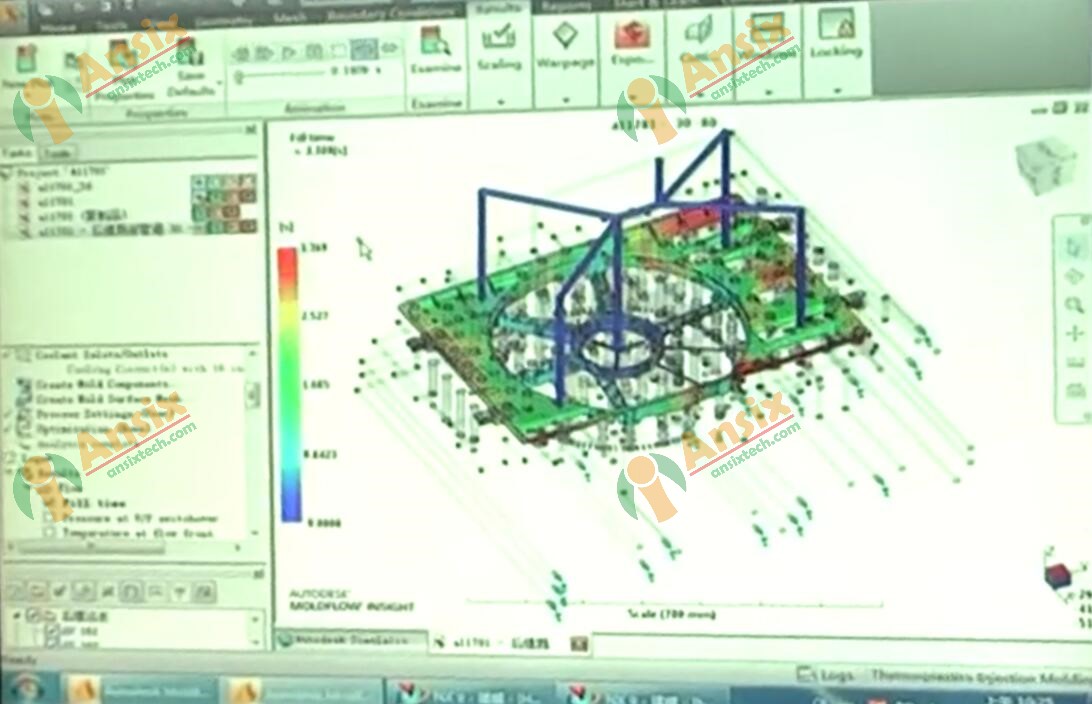
Design For Manufacturing
AnsixTech performs a manufacturability analysis on each injection molding project to optimize part design, minimize tooling costs, and reduce overall project time. The detailed analysis report is reviewed by the lead designer, toolmaker, injection molding engineer, and project manager to ensure the requested component is appropriate for injection molding.
Mold design refers to designing a mold suitable for producing the product based on the product requirements and design drawings. The goal of mold design is to achieve high-quality, high-efficiency and low-cost production of products.
The mold design process includes the following steps:
Analyze product requirements: First, you need to carefully analyze the product requirements and design drawings. Understand the shape, size, material and other characteristics of the product, as well as the production requirements and process flow of the product.
Determine the mold type: Determine the suitable mold type based on the product characteristics and production requirements. Common mold types include die-casting molds, injection molds, stamping molds, etc. Different types of molds have different design requirements and manufacturing processes.
Design the mold structure: Design the mold structure according to the shape and size of the product. Including the upper mold, lower mold, mold core, mold cavity and other parts of the mold. The structural design of the mold needs to consider the shape, size, material and other factors of the product, as well as the opening and closing method of the mold, cooling system, exhaust system, etc.
Determine the mold material: Select the appropriate mold material according to the requirements of the product and the use conditions of the mold. Commonly used mold materials include tool steel, alloy steel, etc. The selection of mold materials needs to consider the strength, hardness, wear resistance and other properties of the material.
Carry out detailed mold design: Carry out detailed design of the mold according to the structural design of the mold. Including the size, shape, processing technology, etc. of the mold parts. The detailed design of the mold needs to consider factors such as the assembly and maintainability of the mold.
Mold manufacturing and debugging: After completing the mold design, the mold manufacturing and debugging need to be carried out. Mold manufacturing includes material procurement, processing, heat treatment and other processes. Mold debugging includes mold assembly, adjustment and testing to ensure that the mold can operate normally.
Mold design is a complex process that requires comprehensive consideration of product requirements, mold structure and materials and other factors. A good mold design can improve product quality and production efficiency and reduce production costs. Therefore, mold design plays an important role in product development and manufacturing processes.

Mold manufacturing and mass production
Mold manufacturing refers to manufacturing molds suitable for product production through processes such as processing and assembly based on mold design drawings and requirements. The goal of mold manufacturing is to achieve high quality, high precision and high efficiency production.
The main steps of mold manufacturing include the following aspects:
Material preparation: Select appropriate mold materials according to mold design requirements. Commonly used mold materials include tool steel, alloy steel, etc. Material preparation includes processes such as material procurement, cutting and processing.
Processing and manufacturing: Use mechanical processing equipment to process the mold according to the mold design drawings. Processing techniques include milling, drilling, turning, etc. The processing process requires strict control of size and shape accuracy to ensure the quality and accuracy of the mold.
Parts manufacturing: Molds are usually composed of multiple parts, and each part needs to be manufactured. Parts manufacturing includes processing, heat treatment, surface treatment and other processes. The manufacturing of each component needs to ensure the accuracy of size and shape to ensure the assembly and performance of the mold.
Assembly and debugging: After completing the manufacturing of each component, assemble and debug the mold. The assembly of the mold includes the assembly, adjustment and fixing of parts. During the debugging process, the movement and function of the mold need to be checked to ensure that the mold can operate normally.
Mass production: After completing the mold manufacturing and debugging, the product can be mass produced. Molds allow large quantities of products of the same shape and size to be manufactured quickly and accurately. The use of molds can improve production efficiency and product quality, and reduce production costs.
Mold manufacturing and mass production are complex processes that require comprehensive consideration of mold design, materials, processing technology and other factors. A good mold manufacturing can improve product quality and production efficiency and reduce production costs. Therefore, mold manufacturing plays an important role in the product development and manufacturing process.
